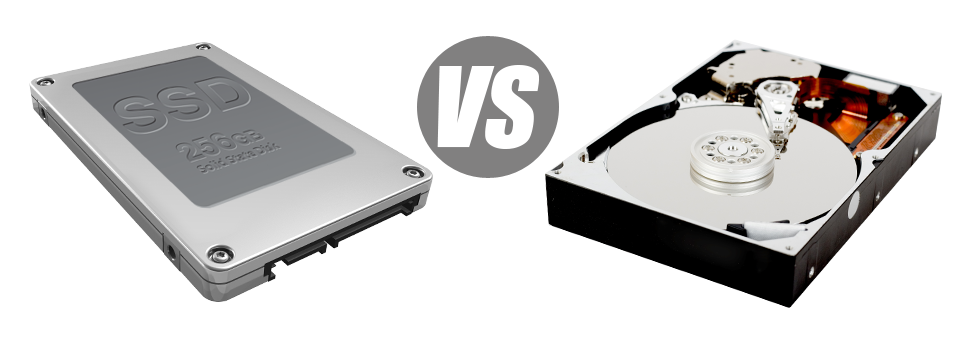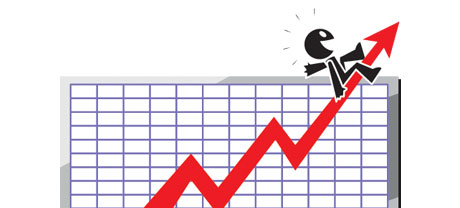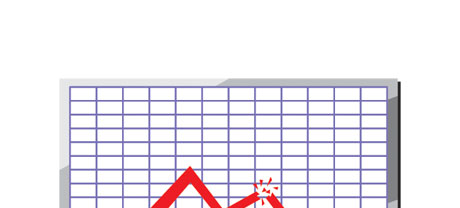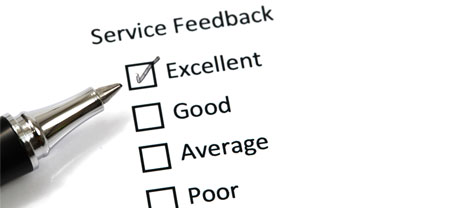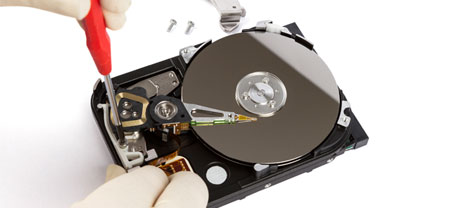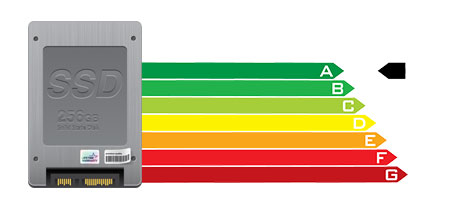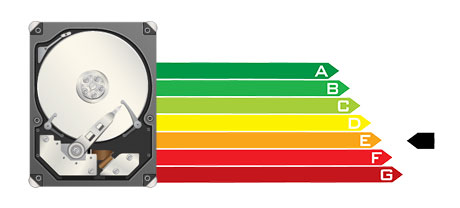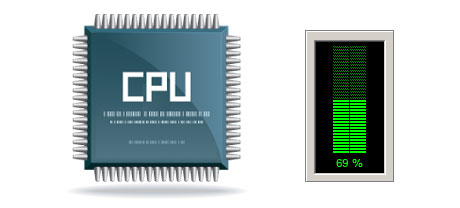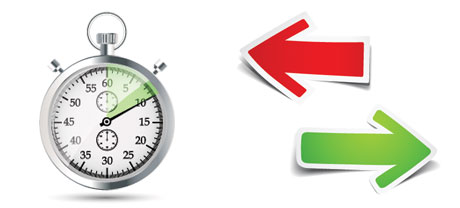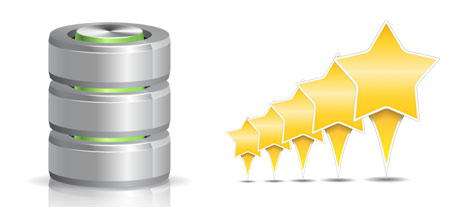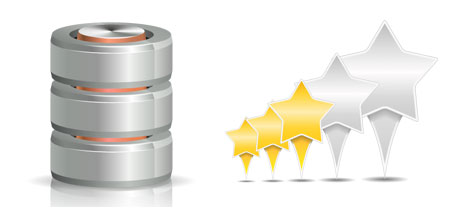Once you have a site or an application, speed is important. The swifter your web site works and the quicker your applications work, the better for you. Because a site is only a selection of files that communicate with each other, the systems that store and work with these files have a vital role in website efficiency.
Hard drives, or HDDs, were, until recent times, the most trustworthy devices for keeping information. However, recently solid–state drives, or SSDs, are actually gaining popularity. Look into our comparison chart to see if HDDs or SSDs are more suitable for you.
1. Access Time
SSD drives offer a completely new & impressive way of data storage according to the usage of electronic interfaces in lieu of any sort of moving parts and spinning disks. This different technology is faster, allowing for a 0.1 millisecond file accessibility time.
HDD drives even now utilize the very same fundamental data access concept that’s actually developed in the 1950s. Despite the fact that it has been much improved since that time, it’s slow as compared with what SSDs are offering. HDD drives’ file access speed varies somewhere between 5 and 8 milliseconds.
2. Random I/O Performance
The random I/O performance is really important for the effectiveness of any data file storage device. We have conducted in depth tests and have determined an SSD can deal with at least 6000 IO’s per second.
Having an HDD drive, the I/O performance gradually improves the more you use the drive. Nevertheless, in the past it extends to a certain cap, it can’t get swifter. And due to the now–old concept, that I/O limit is noticeably lower than what you can find having an SSD.
HDD are only able to go as far as 400 IO’s per second.
3. Reliability
SSD drives are lacking any kind of rotating elements, which means there’s far less machinery included. And the fewer actually moving parts you will find, the lower the likelihood of failing will be.
The normal rate of failure of an SSD drive is 0.5%.
For an HDD drive to work, it needs to spin a couple metallic hard disks at a minimum of 7200 rpm, retaining them magnetically stable in the air. There is a number of moving parts, motors, magnets along with other devices stuffed in a tiny place. So it’s no surprise the regular rate of failing of an HDD drive ranges somewhere between 2% and 5%.
4. Energy Conservation
SSDs don’t have any moving parts and need not much chilling power. Additionally they need not much power to work – trials have shown they can be operated by a standard AA battery.
As a whole, SSDs use up somewhere between 2 and 5 watts.
HDD drives are renowned for staying noisy. They require extra power for chilling applications. On a server which has several HDDs running all the time, you will need a great number of fans to ensure that they’re cool – this makes them a lot less energy–efficient than SSD drives.
HDDs use up between 6 and 15 watts.
5. CPU Power
The speedier the data access rate is, the swifter the data file demands are going to be handled. This means that the CPU do not need to save resources waiting around for the SSD to respond back.
The average I/O wait for SSD drives is only 1%.
HDD drives accommodate sluggish accessibility speeds in comparison to SSDs do, resulting in the CPU having to delay, whilst scheduling assets for your HDD to locate and return the inquired data.
The average I/O wait for HDD drives is around 7%.
6.Input/Output Request Times
In real life, SSDs carry out as admirably as they have in the course of the testing. We produced an entire platform back up using one of the production web servers. All through the backup procedure, the average service time for any I/O requests was under 20 ms.
In comparison to SSD drives, HDDs provide noticeably reduced service times for input/output demands. Throughout a hosting server backup, the average service time for an I/O request varies between 400 and 500 ms.
7. Backup Rates
Speaking about backups and SSDs – we’ve observed an amazing advancement with the data backup rate as we moved to SSDs. Now, a normal web server back–up will take merely 6 hours.
Alternatively, on a hosting server with HDD drives, a comparable back–up usually requires 3 to 4 times as long in order to complete. An entire back up of any HDD–powered hosting server often takes 20 to 24 hours.
The web hosting accounts offer SSD drives automatically. Join our family here, at Best Host Cities, and find out how we just might help you enhance your website.
Hepsia
- Live Demo
Service guarantees
- Our Virtual Private Servers include no installation service fees and function in a dependable network offering 99.9% of uptime. Full root server access warranted.
Compare our prices
- Check out our price list and pick the best Virtual Private Server for your dynamic sites. You can move up to a more feature–rich VPS Hosting configuration with only a click.
- Compare our hosting plans
Contact Us
- Get in touch with us 7 days a week by email or by utilizing Best Host Cities’s extra–fast ticketing platform. Our techs are going to reply to any questions within just 60 mins.
